Seven-day test: Living with the MG HS Plug-in Hybrid
Fast-growing Chinese car maker MG is trying to establish a reputation in the expanding electrified vehicle market, with the MG ZS EV spearheading that assault.
And in the plug-in hybrid vehicle market there’s the mid-sized HS Plug-in Hybrid. It’s not the cheapest PHEV on the market, but it’s certainly towards the pointy end.
READ MORE: Full review of the MG HS Plug-in Hybrid
READ MORE: MG ZS EV review
While we’ve previously driven the HS PHEV (plug-in hybrid electric vehicle), for this test we spent a full week with it.
Day 1 – Meet and greet
Our HS PHEV was finished in Clipper Blue, the hero colour reserved for MG’s electric models. It’s also the only colour that is available for the advertised $46,990 drive-away price; if you want red, white or silver add another $700 to that ask.
Pitched as “the best of both worlds” the HS Plug-in Hybrid mates a 109kW/250Nm 1.5-litre four-cylinder turbo-petrol with a 90kW/230Nm electric motor. The combined outputs are 189kW and 370Nm and it’s claimed to hit 100km/h in 6.9 seconds.
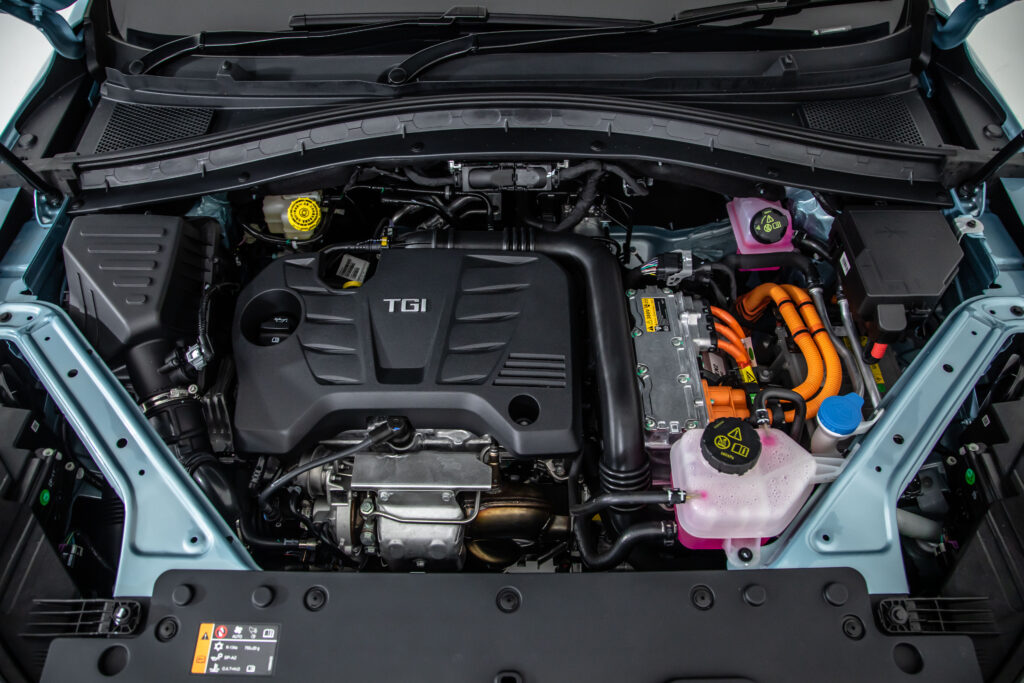
Its most obvious rival is the Mitsubishi Outlander PHEV. But while the Outlander powers all four wheels, the HS PHEV only drives the front wheels.
The HS PHEV looks the business. The design is modern and cohesive and there’s enough chrome to liven the look. Inside, too, MG has put plenty of effort into the finishes and design to help it mix with the mainstream brands that dominate at this price level.
While there’s a sizeable price premium over other HS models, the Plug-in Hybrid comes generously equipped, with a panoramic sunroof, 12.3-inch digital instrument cluster, 360-degree camera, electric and heated front seats, leather trim, 18-inch alloy wheels auto braking (AEB) and blind spot monitoring. There’s also satellite navigation, although it’s arguably not needed given Apple CarPlay and Android Auto are embedded in the 10.1-inch infotainment screen, allowing easy access to mapping apps.
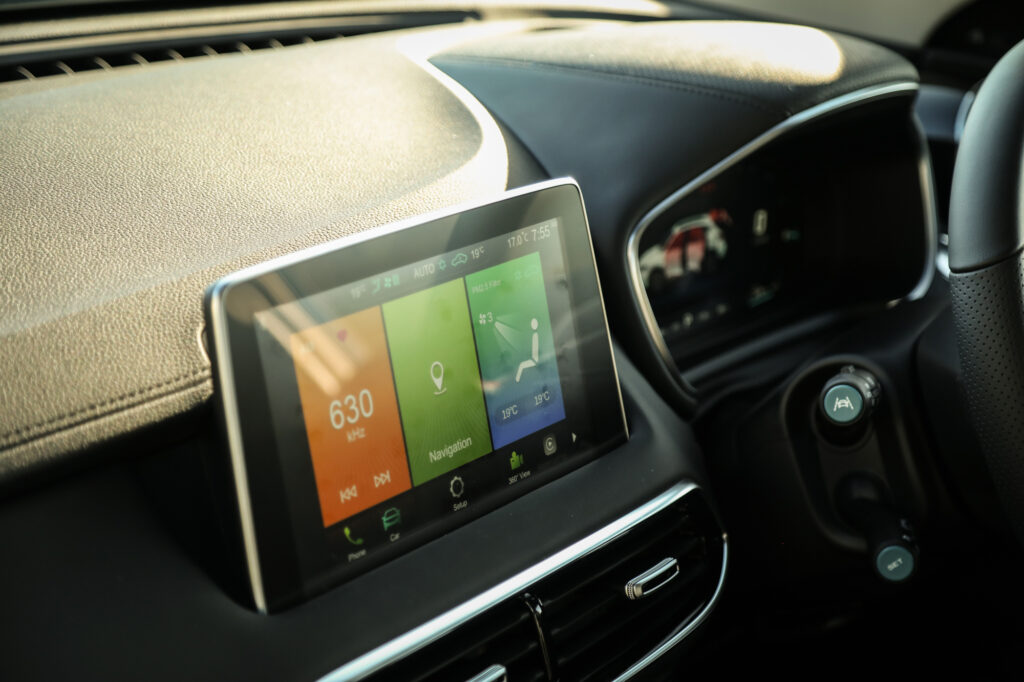
About the only bad news comes with the warranty. Whereas other MGs get seven years of coverage, the ZS EV and HS PHEV make do with five-year factory backup, although the hybrid system’s high-voltage battery is covered for eight years and 160,000km.
Day 2 – Getting acquainted
PHEVs are all about providing a healthy dose of EV cake and allowing you to have some ICEing too.
For my money, their big appeal is that you can run them on electricity almost all the time if you’re doing short trips.
Yet the HS PHEV defaults to hybrid as soon as you fire it up, sending petrol to the engine almost as soon as you take off.
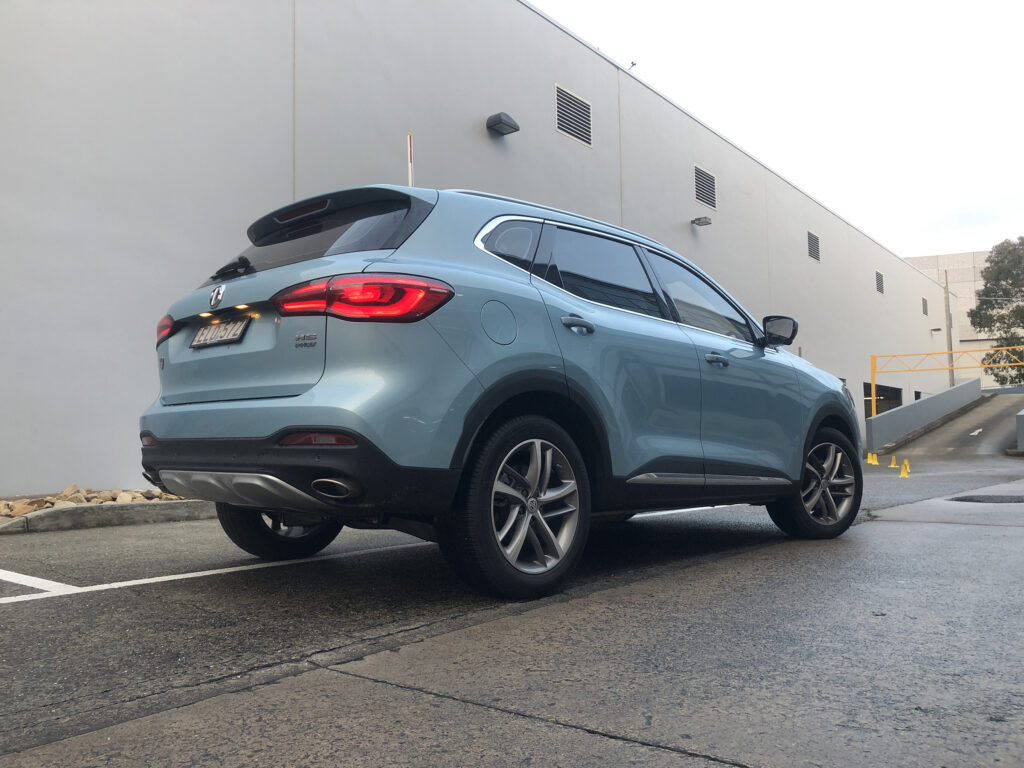
If you want to rely solely on electricity you’ve got to press the EV button every time you get in the car. I’m sure you’ll get used to it, but I’m not sure why it can’t just default to the mode that seems to make most sense with a car that is largely about electric motoring, especially when its batteries have charge in them.
Anyway, we decided to start the test with the car running as a hybrid rather than an EV. It is, it seems, what the MG HS wanted…
Call on everything and there’s plenty of enthusiasm, albeit with the engine providing much of the muscle.
But with less right foot the electric motor plays a more commanding role, at least if you’ve got charge in the battery. Speaking of which, it can hold 16.6kWh of electricity.
The HS PHEV drives only the front wheels and occasionally that torquey pull of the electric motor can lead to some low-speed torque steer, whereby the steering tugs towards either side as it tries to transmit the grunt to the ground. It pays to have two hands on the wheel if you’re doing quick take-offs.
That said, our initial impressions of the Michelin tyres are good.
Yet the cushy suspension and dull steering suggests this mid-sizer doesn’t want to be pushed around corners.
Day 3 – Unearthing the niggles
MG has clearly learnt plenty in its relatively short time as a mainstream car maker. While the brand has been around for almost as long as cars have been in existence, it’s relatively recently that MG embarked on a mission to play big with a range of budget-priced models.
What MG doesn’t appear to have learnt yet are the finer points of making a car easier to live with.
Take the noise generator that starts moaning below about 25km/h. Now we’re all for giving pedestrians a bit more notice there’s 1.8 tonnes of metal heading their way, but I don’t always need to know about it from inside the cabin. It’s only an issue when trudging around in traffic, but when my nine-year-old son mentions it then there’s room for improvement.
Now, onto the MG’s infotainment screen. Like Donald Trump, it has issues…
A lot of it comes down to reaction times. Press some of the fixed buttons below the screen – like the Home or Car button – and the second or so it takes to elicit a response can get frustrating.
The screen also has some quirks and apparent bugs. Make a call in Apple CarPlay and it occasionally wouldn’t allow us to access the ventilation menu. So you had to hang up to adjust the temperature or recirculate the air. One time when it did try to drag up the air-con menu the screen turned into a jumbled mess that somehow mashed part of Apple’s software efforts with those of the car’s engineers. Oh dear…
As I said, it’s got issues.
One of our early night drives brought up an in-cabin discussion about lights. The blue ambient lighting is a neat touch and continues the thoughtfulness that is regularly on display.
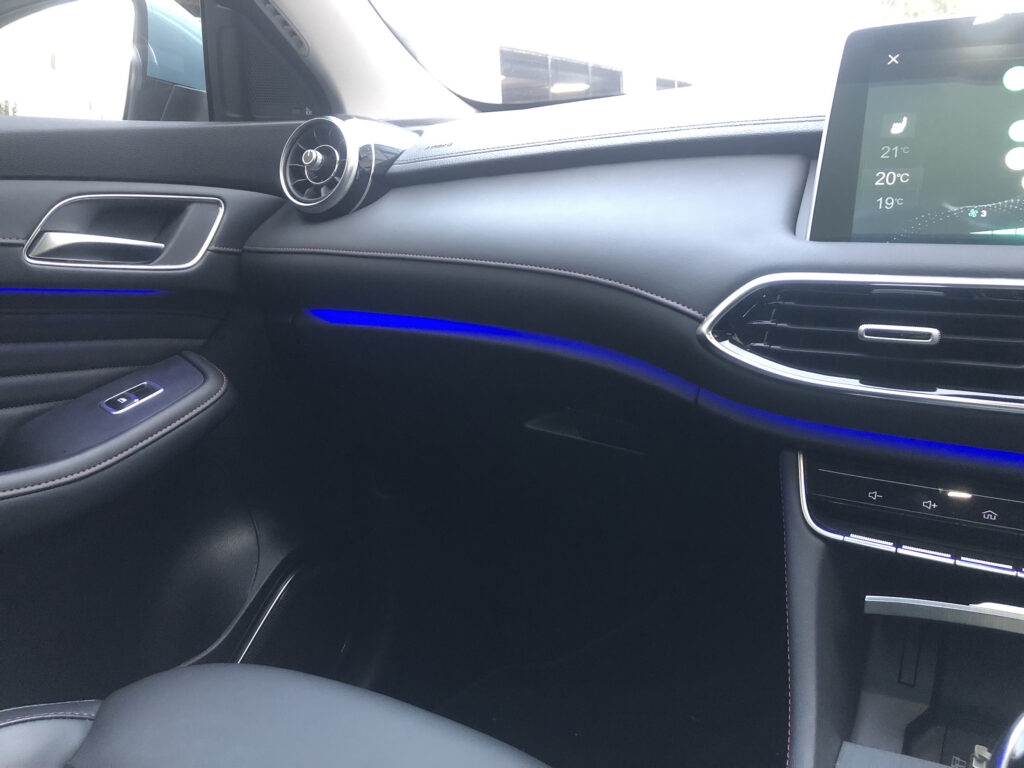
But with the infotainment screen in its Auto brightness mode the default home screen is still too bright. Not ideal for a dark country road.
Day 4 – Work, gym and more
Time for the better half to get behind the wheel. She initially warms to the look of the MG. Looks the biz and it’s a decent size are the early reports.
She’s less impressed with that infotainment screen, immediately pointing out how overly difficult it can be to perform seemingly simple tasks. There’s definitely work to be done… Getting rid of the volume up/down buttons would be a start.
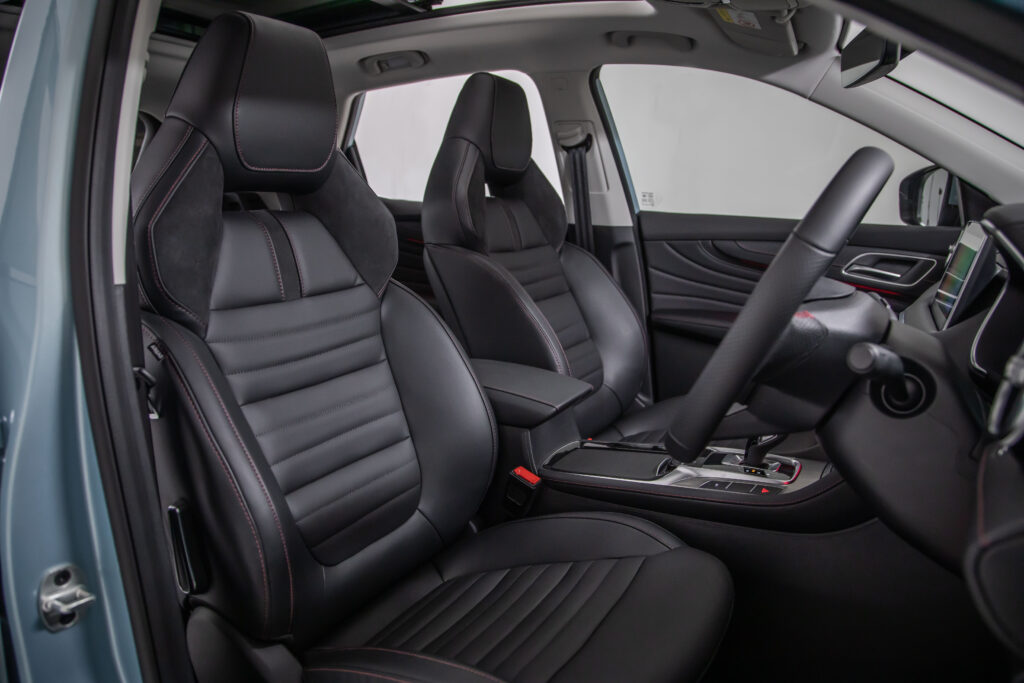
She’s also not sold on the front seats. Like some performance cars the backrest is a single piece incorporating the headrest, which means the headrest can’t be adjusted. And despite being solid on aesthetics, they don’t have as much lateral support as they promise.
But the drivetrain performance gets a tick as does the size and general functionality. She’s a fan of the folding centre arm rest in the rear (cupholders and all) and the sizeable door pockets that easily swallow what a suburban mum can throw at them.
She gave it a thorough Sydney carpark test, having visited a shopping centre, the gym and her work. All fine with the 360-degree camera, even if the fancy software sometimes makes the HS look unnaturally small compared with the cars around it.
Day 5 – A longer drive
A cool morning gave us a chance to test the MG in conditions that usually don’t favour cars with big batteries: cold weather.
One little extra we hadn’t heard till now was like water running through an in-car stream. It seems the heating system gurgles water through pipes and engineers haven’t worried too much about ensuring those in the cabin wouldn’t hear it. Hey, it all adds to the character!
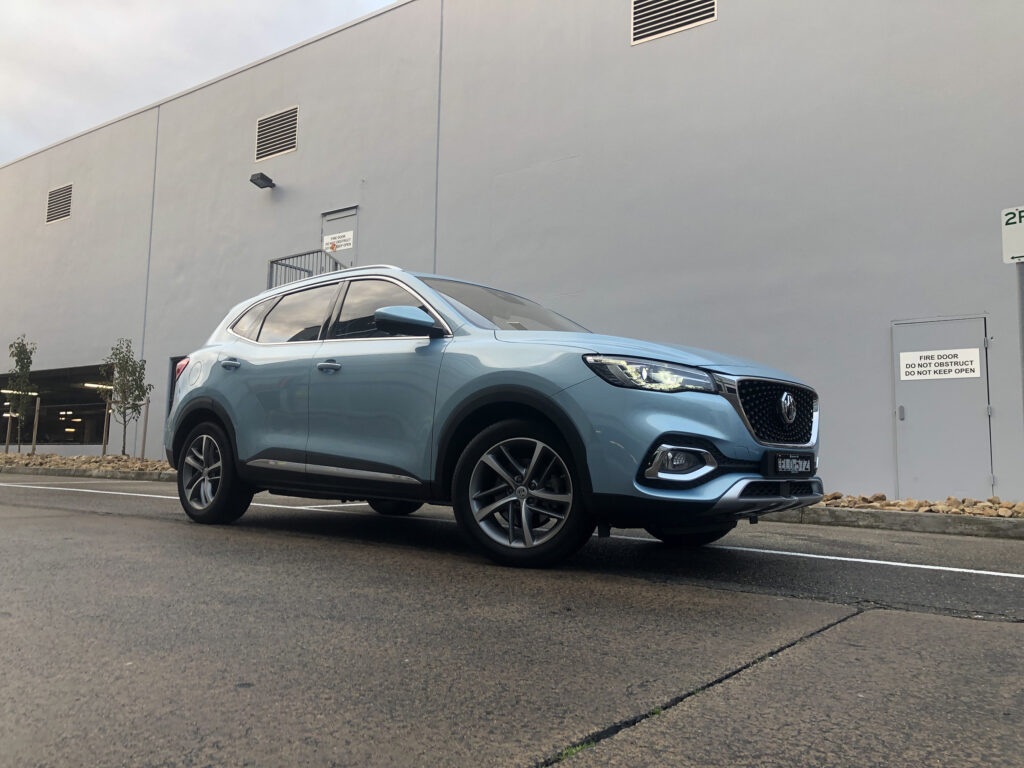
That screen is back to haunt me, and it comes down to reaction times again. Sometimes in selecting reverse – especially after just starting the car – the reversing camera doesn’t immediately come on. I managed to back out of my carport without the screen coming on at all.
I’m also having repeated arguments with the car over when it should forget about having a petrol tank. Sometimes when in EV mode the car randomly decides to fire up the petrol engine and start charging the batteries. One time it happened driving down a hill – so the electric motor was already in regen mode – and with about half the charge in the batteries. Weird… And once the engine has fired it wants to run for a couple of minutes before allowing the EV mode to work again.
When relying only on electricity there are some interesting quirks. While most EVs have a single speed transmission set up – so if you double the electric motor speed you double how fast you’re travelling – with the HS PHEV it works differently. There are apparently four ratios dedicated to the EV side of the drivetrain.
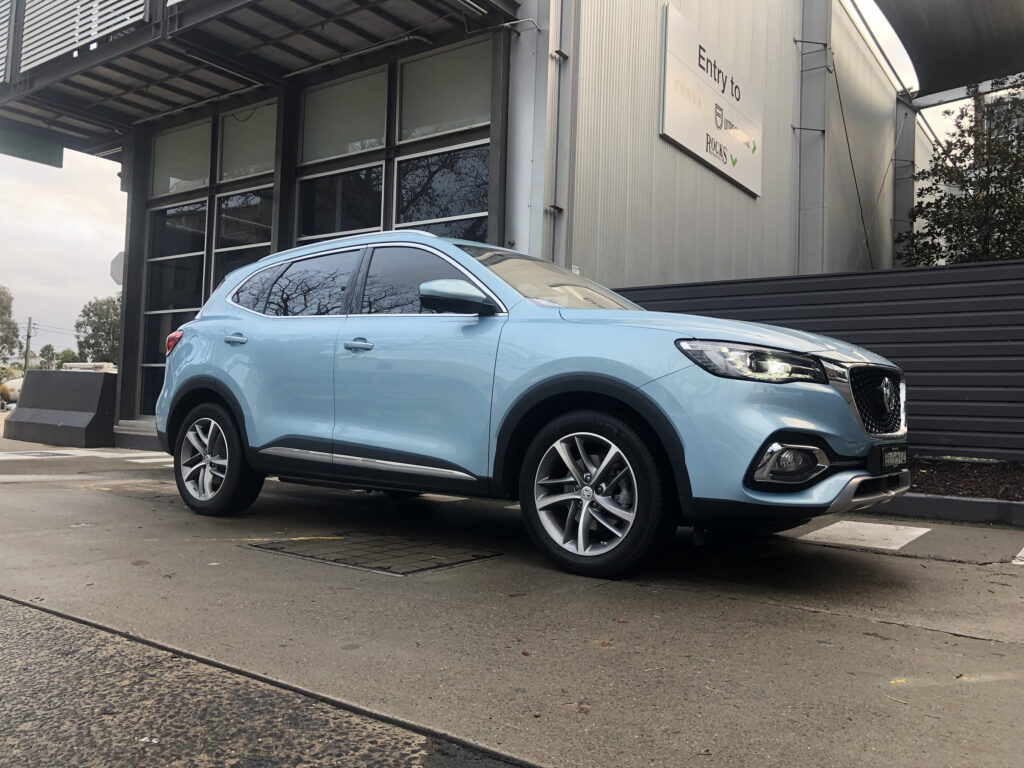
So with the instrument cluster displaying the motor speed I noticed it varies between, say, 4500rpm and 7500rpm within a fairly narrow speed band hovering around 60/70km/h. That also helps explain the differing response. Sometimes the power gauge allows upwards of 70 percent of EV power when compared with the overall system power (petrol engine and electric motor), whereas other times it drops slightly short of that. Not that you’ve got any control, other than demanding more with your right foot.
Day 6 – (Wet) Sunday drivers, then a recharge
It’s across town for kids sport and the weather is thoroughly testing the water sealing of the MG. From that perspective it’s all holding up fine.
The battery pack was depleted from the start, so it was pure hybrid driving, mostly with the petrol engine doing the work. The electric motor makes itself known in a good way with hearty initial responses.
I’m less sold on the way it steers. Grip levels are fine, but the on-centre feel of the steering and its occasionally lazy responses lack the precision of the better mid-sized SUVs available these days.
That said, the Michelin rubber continues to do a decent job, with good grip on a slick surface. The tyres outshine the dynamic ability of the car.
I’m also less enamoured with the active assistance systems, especially the auto braking. I’ve got it set on Normal – the mid-way point between Low and High sensitivity – but it’s still overly reactive, at one stage stamping on the brakes unnecessarily.
After all those kilometres it’s time for an electron hit. The HS PHEV only does slower AC charging, and even within the AC realms it’s a leisurely rate. The maximum charge it will accept is 3.2kW, for a full charge in about 5.5 hours.
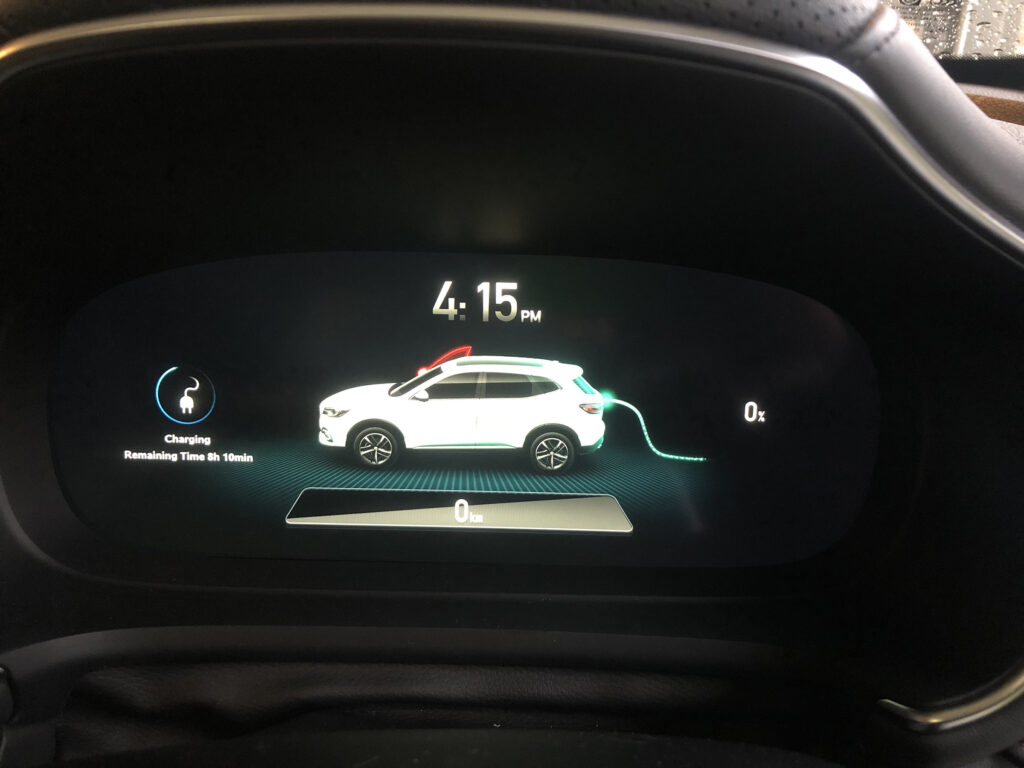
We used a regular powerpoint at home and with a drained battery it suggested 8 hours and 10 minutes. Sure, the quickest way to charge is with a wallbox, but given it’ll get parked overnight regularly I’m not sure we’d bother going to the expense of installing one.
Day 7 – Doing the numbers
Our last day with the HS was a chance to crunch the numbers, but not before a full EV run.
Once again, the car insisted on at least some petrol. Aarrggghh… I’m getting tired of seeing the “EV mode entry not support” warning.
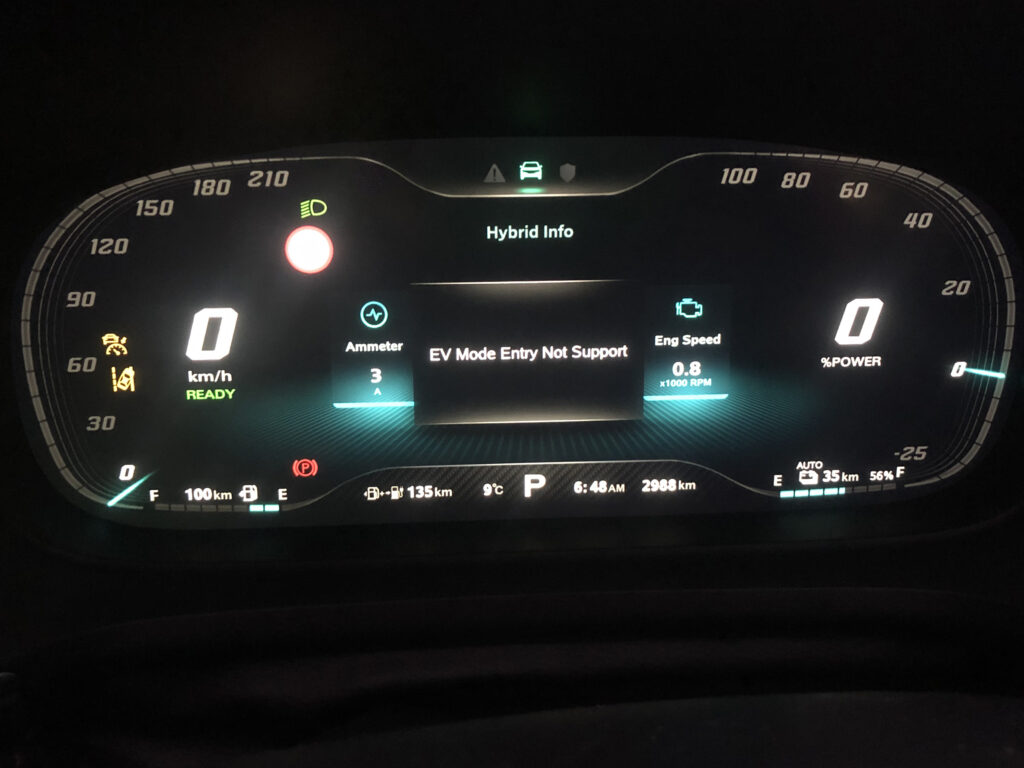
That said, we did enough to learn the 52km EV range is realistic and achievable. Performance on EV alone isn’t as punchy for overtaking or striving to 100km/h, but it easily deals with suburban running.
Like all PHEVs the HS works best as an EV with occasional petrol engine backup for longer journeys.
In EV mode it’s dragging around a lump of engine and transmission, so efficiency isn’t as good as some similarly-sized BEVs. But using between 23 and 25kWh/100km still ensured thoroughly usable EV range – at least when the car lets you use it.
Most of my week was spent with the HS PHEV in hybrid mode, and while performance is fine, fuel use is nothing special. We found it used something like 8 litres per 100km, which is worse than a regular hybrid.
All of which leaves the HS Plug-in Hybrid in a bit of a quandary.
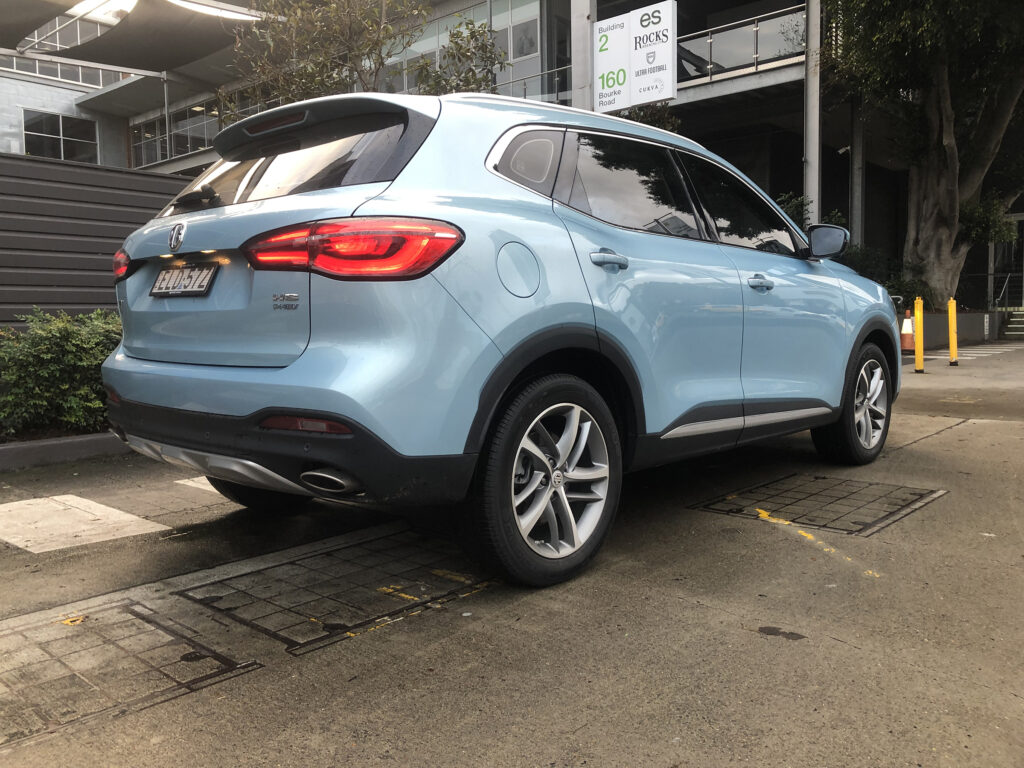
Like all PHEVs, it’s compromised at being an EV and compromised at being a hybrid. To be fair, we went into our week with the MG PHEV expecting that.
But for our money the HS doesn’t focus enough on its EV drivetrain, too often reverting to petrol for backup. That limits the biggest appeal with a car that otherwise offers plenty, albeit with room for improvement.
2021 MG HS Plug-in Hybrid specifications
Price: $46,990 drive-away ($45,990 plus on-road costs)
Basics: PHEV, 5 seats, 5 doors, mid-sized SUV, FWD
EV range: 52km (WLTP)
Battery capacity: 16.6kWh
Battery warranty: 8 years/160,000km, 70 percent guarantee
Energy consumption: 1.7kWh/100km (according to a govt test; expect to use more when running on petrol only)
Petrol engine: 115kW/250Nm 1.5-litre 4-cylinder turbo
Motor: single front motor, 90kW/230Nm
AC charging: 3.2kW, Type 2 plug
DC charging: NA
0-100km/h: 6.9 seconds (claimed)


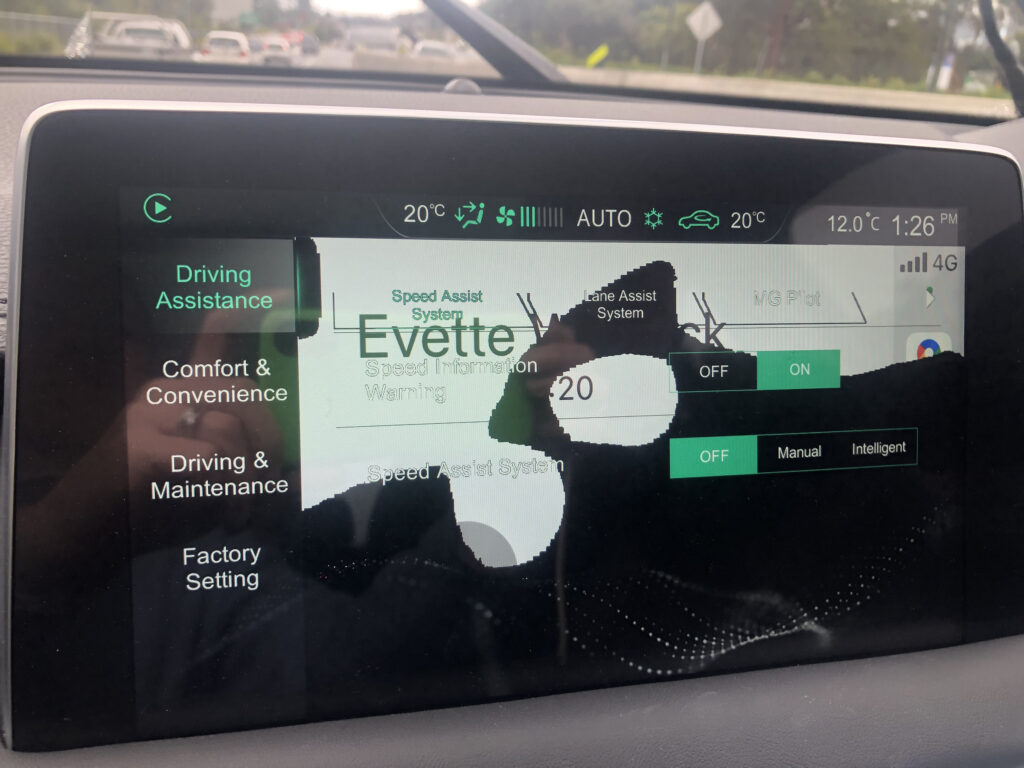

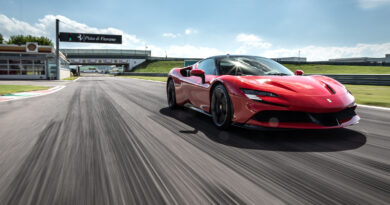


The new MG HS plug-in hybrid is a welcome addition to the growing number of lower emission vehicles available in Australia and a great option for people who spend a lot of time in stop-start traffic and underground car parks. The petrol motor means you won’t need to worry for those long distance drives either. As your article points out – plug-in hybrids do best when left to manage forward propulsion with combined fuel sources – hence the name hybrid. For families thinking of purchasing an HS as an EV you can also take occasional long drives in the country – I would really encourage you to keep a petrol car for the country and purchase a full electric car like the MG ZS EV. Driving a full EV next to the Hybrid equivalent will leave you in no doubt which is the car you would prefer to drive long term.